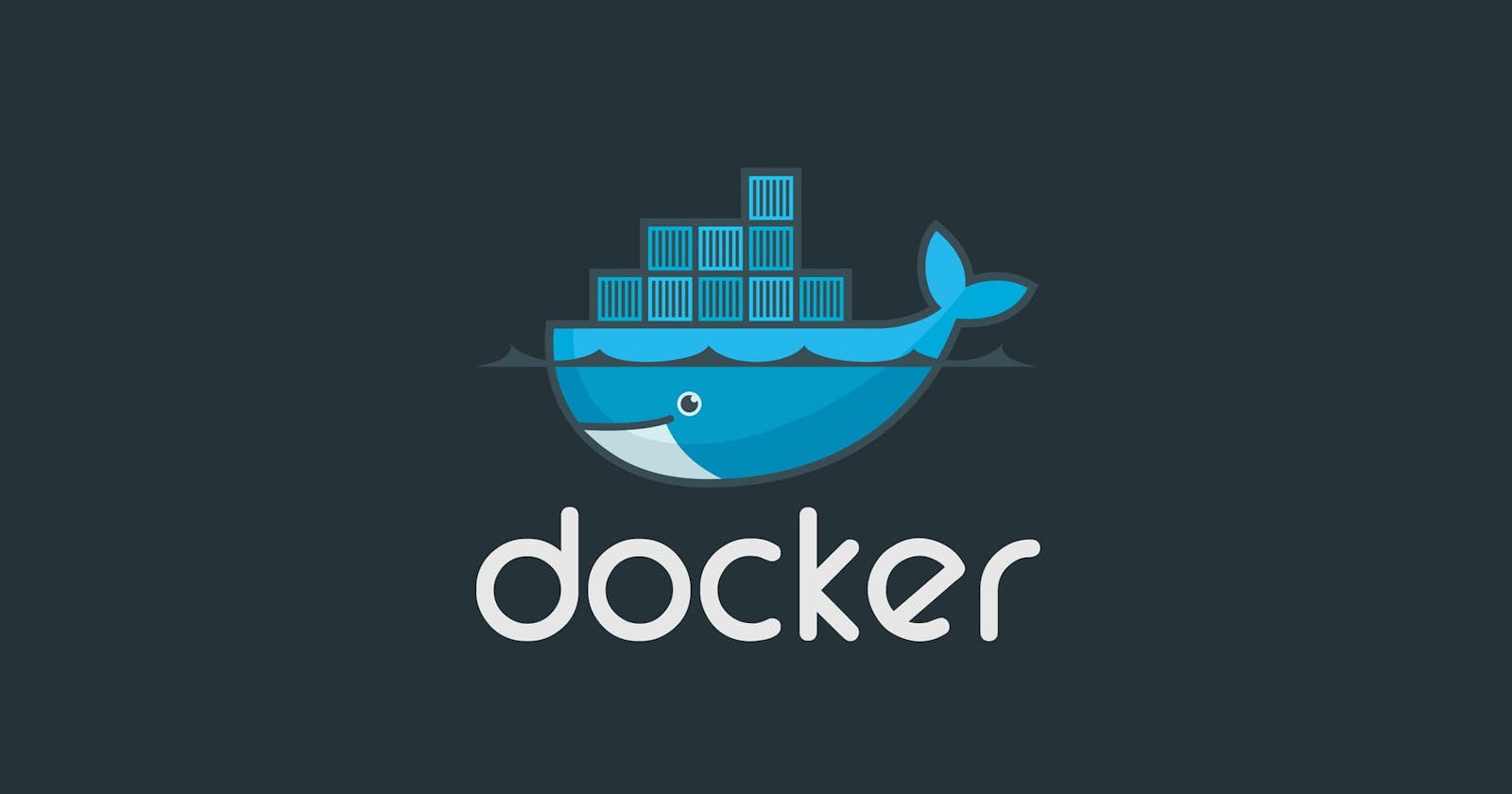Mastering Docker Commands and Docker Compose for Efficient Container Management
In the realm of modern software development and deployment, Docker has emerged as a quintessential tool, streamlining the process of packaging, deploying, and managing applications within containers. Docker's robust ecosystem offers a plethora of commands and utilities to facilitate seamless container operations. In this article, we'll delve into the essential Docker commands and Docker Compose directives to empower developers and system administrators in their containerization journey.
Essential Docker Commands:
docker images: This command provides an overview of all the images residing in the local Docker environment. It offers a snapshot of the available images and their respective sizes.
docker image inspect [image-id]: Utilized to gain intricate insights into a specific Docker image. It furnishes comprehensive details such as image layers, metadata, and configuration settings.
docker image rm [image-id]: Enables the removal of a designated Docker image from the local repository, facilitating efficient image management.
docker build . -t [image-name]: Leveraged to construct a Docker image based on a Dockerfile present in the current directory. The
-tflag assigns a user-defined tag to the resultant image for identification.docker run -p [hostport]:[container-port] [image-name]: Executes a Docker container based on a specified image, mapping ports between the host system and the container for seamless networking.
docker ps: Provides visibility into the running Docker containers, showcasing pertinent details such as container ID, image utilized, and status.
docker ps -a: Offers a comprehensive view of both active and stopped Docker containers, aiding in container lifecycle management.
docker container start [container-id]: Initiates a stopped Docker container, restoring its functionality for active deployment.
docker container pause [container-id]: Pauses all processes within one or more containers, facilitating efficient resource utilization.
docker container unpause [container-id]: Resumes the execution of previously paused processes within specified containers, restoring normal operations.
docker container stop [container-id]: Halts the execution of one or more running Docker containers, facilitating graceful shutdown.
docker container kill [container-id]: Instantaneously terminates one or more running containers, bypassing graceful shutdown procedures.
docker container restart [container-id]: Restarts one or more Docker containers, facilitating software updates or configuration changes.
docker container inspect [container-id]: Offers a detailed examination of a specific Docker container, providing insights into its configuration, networking, and storage attributes.
docker container logs [container-id]: Retrieves the log output generated by a designated Docker container, aiding in troubleshooting and monitoring efforts.
docker containers logs -f [container-id]: Facilitates real-time log monitoring by continuously streaming log output from a specified container.
docker rm [container-id]: Deletes a specified Docker container, freeing up system resources and decluttering the Docker environment.
docker container prune: Cleanses the Docker environment by removing all stopped containers, and optimizing resource allocation.
docker image push [container_registry/username:tag]: Pushes a Docker image to a designated container registry, enabling seamless sharing and deployment across environments.
docker image pull [container_registry/username:tag]: Fetches a Docker image from a container registry, ensuring consistency and reliability in image distribution.
docker image prune: Eliminates unused Docker images from the local repository, freeing up storage space and enhancing system performance.
docker container stats: Presents real-time statistics pertaining to CPU, memory, and I/O usage of active Docker containers, facilitating performance monitoring and optimization.
docker system prune: Streamlines Docker resource management by purging stopped containers, dangling images, and unused networks, volumes, and cache entries.
docker rmi [image-id]: Removes a specified Docker image from the local repository, aiding in image lifecycle management.
docker login -u [username]: Initiates a secure login session to a Docker Hub container registry, enabling seamless image repository access.
docker logout: Terminates the authenticated session with the Docker Hub container registry, bolstering security and access control measures.
docker history [image-name]: Displays a chronological lineage of the intermediate layers and commands executed during the construction of a Docker image, facilitating image auditing and optimization.
docker exec -it [container-id] sh: Opens an interactive shell session within a running Docker container, empowering users to execute commands and perform troubleshooting tasks seamlessly.
Mastering Docker Compose :
Docker Compose augments Docker's capabilities by enabling the orchestration of multi-container applications through a concise YAML-based configuration file. Below are the fundamental Docker Compose directives:
docker compose up: Initiates the creation and deployment of containers defined in the Docker Compose configuration file, facilitating application execution.
docker compose down: Halts and removes containers orchestrated by Docker Compose, ensuring seamless teardown of application components.
docker compose start: Commences the execution of containers specified in the Docker Compose configuration, enabling application deployment.
docker compose stop: Terminates the execution of containers orchestrated by Docker Compose, facilitating controlled shutdown of application components.
Conclusion :
mastering Docker commands and Docker Compose directives is indispensable for developers and system administrators seeking to harness the full potential of containerization technology. By leveraging these tools effectively, organizations can streamline software development workflows, enhance deployment efficiency, and bolster application scalability and resilience in dynamic computing environments.
